Pilgrimage to Sri Lanka

This (mostly) pilgrimage trip to Sri Lanka was inspired by my Guru, H.E Tsem Rinpoche, who encouraged me to bring my family on a blessed pilgrimage trip instead of a regular holiday to places which do not have much meaning.
I thought about what my Guru said, and it makes a lot of sense especially since my children are growing up into their teenage years, and are already facing the real world. It is definitely extremely beneficial for children to receive the blessings of the Buddhas, so that they can hold the Buddha’s teachings in their heart when they grow up. It is also beneficial for us adults to visit holy places and receive the Buddha’s blessings too.
I thank Rinpoche for everything on this trip.
Lew Kwan Leng
Day 1: 29 November 2017
We arrived in Colombo at 9.30 am local time. We will be spending three nights in Sigiriya area (about 150km away from Colombo Airport), because it is near to Dambulla and the two ancient cities, Polonnaruwa and Anuradhapura.

We were greeted by a Buddha statue within Colombo Airport itself
Enroute to Sigiriya, we visited Mahamevnawa Buddhist Monastery and Bambaragala Ancient Temple. Mahamevnawa Buddhist Monastery is home to more than 700 Buddhists monks and nuns with over 50 branches in Sri Lanka and overseas, including USA, Australia and Europe. The monastery we visited in Polgahawela is the headquarters of the organisation.
It has a big prayer hall with a golden Buddha statue decorated very nicely with lights. Behind the prayer hall, there is a stupa-shaped hall with another Buddha statue. The compound beyond the second hall is restricted to monks only, and we could hear the sounds of the monks chanting. The environment was very calm and peaceful. There are also a few peacocks roaming around the compound.

Exterior of the main prayer hall of Mahamevnawa Buddhist Monastery

The Buddha image inside the main prayer hall. Photography is not allowed inside

Exterior of the second prayer hall

We did our prayers in the second prayer hall
After Mahamevnawa Monastery, we visited Bambaragala Old Temple which was just five minutes away. It is a small and old cave temple with a reclining Buddha statue and a Bodhi tree, with a monk living next to the temple.

Entrance to the Bambaragala Old Temple. A monk lives here as the temple’s caretaker

The Reclining Buddha. Some renovation work is being carried out in the temple
Day 2: 30 November 2017
We left for Polonnaruwa early in the morning as the journey takes about 1 hour and 20 minutes from Sigiriya to Polonnaruwa. Before reaching Polonnaruwa, we stopped to pay our respects to a replica of Avukana Buddha near Giritale. This standing Buddha is 12 meters (39 feet) tall and is believed to have been built during the 5th century, although some sources suggest it was constructed in the 12th or 13th centuries. This statue is situated next to a man-made lake built by King Agbo II in the 12th century. There is a bus stop right in front of the Buddha, and locals are often seen coming down from the bus to make a donation then hopping back into the bus.

Beautiful 12 meter tall Buddha by the lake
It took another 25 minutes to get to the Ancient City of Polonnaruwa. Polonnaruwa was the capital city of the Kingdom of Polonnaruwa in the 11th century for about 180 years, and it has a great deal of history related to Buddhism.
The entrance fees for Polonnaruwa are USD25 for adults, and half price for children aged 6 to 12. It is recommended to get a local guide which costs around USD20. We started the tour in the museum to get a general understanding of the kingdom. Throughout the museum and ancient sites, we could see that many Buddhas were without their heads and hands. This is because blue sapphires were offered on the heads and hands of the Buddhas, and during the war, the heads and hands were broken and looted for the sapphires.
After the museum, we proceeded to the first ancient site which features the royal palace, audience hall and swimming pool. The second ancient site, called Sacred Quadrangle, is more related to Buddhism and is considered to be a sacred place. It has three buildings which housed the Buddha’s tooth during the Polonnaruwa period. In ancient Sri Lanka, the Buddha’s tooth was a symbol of the king.

Sacred Quadrangle area

Inscriptions that detail historical events

Atadage, the oldest building in the Sacred Quadrangle, has been identified as the first building to house the Buddha’s tooth

Hetagage, the second building to have housed the Buddha’s tooth

Vatadage, the third building to have housed the Buddha’s tooth

We did prayers in Vatadage
The same site also has a Bodhisattva Hall, a pavilion where the king listened to chanting, and an ancient temple.

Bodhisattva Hall. Many of the Buddha images had blue sapphires engraved as the Buddhas’ eyes, and on the Buddhas’ hands, and were destroyed during the war for the precious gemstones

The pavilion where the king listened to chanting

The exterior of the ancient temple. Some restoration work is being carried out]

The shrine area inside the ancient temple. The taller statue is about 3 metres high
The last and final stop for us in Polonnaruwa was Gal Vihara, which was also the most impressive. It has four statues of Buddha carved from one large piece of granite:
- Large seated image depicting the Buddha in meditative posture with the dhyana mudra. Height: 15 feet 2.5 inches (4.636 m).
- A smaller statue similar to the above seated image. Height: 4 feet 7 inches (1.40 m).
- Large standing image with arms folded across the chest, in para dukkha dukkhitha mudra or “sorrow for the sorrow of others”. Height: 22 feet 9 inches (6.93 m)
- Large reclining image, the largest Buddha image in Gal Vihara, depicting the Buddha’s parinirvana. Length: 46 feet 4 inches (14.12 m).
There are offering tables in front of each statue for visitors to place offerings on, as well as places for offering incense. The four statues are covered by a roof structure erected by UNESCO to preserve the ancient monument. In total, we spent about three hours in Polonnaruwa.

Gal Vihara, which means “Rock Monastery” in Sinhalese

Large seated Buddha at 15 feet 2.5 inches

Smaller seated Buddha, protected by a metal cage

Close up of the smaller seated Buddha

Large standing Buddha at 22 feet 9 inches

Large reclining Buddha at 46 feet 4 inches long
After Polonnaruwa, we proceeded to the Kaudulla National Park Safari where more than a hundred wild elephants can be observed.

The jeep, our transport into the national park

Wild elephant herds can be observed around the lake

The elephants are not too far from us!
Day 3: 1 December 2017
We started our day early in the morning again, and it took about 1 hour and 30 minutes to arrive in Anuradhapura from Sigiriya. The Anuradhapura period spans from 377 BC to 1017 AD (almost 1,400 years), before the Polonnaruwa period. Many of the buildings here were built more than 2,000 years ago.
The entrance fees for Anuradhapura are USD25 for adults and half price for children aged 6 to 12. We engaged a local tour guide for about USD25, which is highly recommended because Anuradhapura is much bigger than Polonnaruwa. It was a public holiday and the entire Anuradhapura area was quite crowded with many local devotees who came to make offerings and pray.
We started by visiting monks meditation caves. It is believed that the first Buddhist monks in Sri Lanka meditated under these rocks some 2,300 years ago. These granite caves are quite small compared to limestone caves, and would have provided very good shelter from the rain for the meditating monks.

More than 2,000 years ago, monks sat underneath these rocks and meditated here

The rocks were cut across so that the rain would fall straight down instead of flowing inside the cave, to keep the cave dry so that monks could continue to meditate even when it was raining. Inscriptions are commonly seen here.

There are many small holes on the floor and it is believed they are the result of grinding medicines. This is said to have been the clinic.

Another cave which is very conducive for meditation

View from within the cave

Breaking rocks 2,000 years ago: Make some shallow holes, place oil inside the holes and burn the oil. With enough heat, the rocks will break

Another cave suitable for meditation

We did our prayers here; may we have the merit to be able to meditate in a cave in this life

This cave was used by monks from royal families, before they were ordained, for resting and meditation.
We then moved on to Isurumuniya Temple which was built around the same period to house 500 young monks of high-caste when they were ordained. It has a beautiful reclining Buddha statue, wall paintings, a Bodhi tree and a small stupa on top. You will need to pay a separate entrance fee for Isurumuniya Temple (about USD1.50 for adults and half price for children aged 6 to 12 years old).

Making offerings in front of the main shrine. Many visitors offered flowers to the Buddha

Beautiful wall paintings

Buddha in parinirvana

Replica of the Buddha’s footprints

The stupa in Isurumuniya Temple

We did prayers next to the stupa in Isurumuniya Temple

A group photo in Isurumuniya Temple
Our next stop was the Jaya Sri Maha Bodhi, a sacred fig tree said to be a branch of the historical Bodhi Tree in Bodh Gaya, under which Buddha Shakyamuni became enlightened. The Mauryan Emperor Ashoka’s daughter, Sangamitta Maha Theri, brought a branch from the original Mahabodhi Tree in Bodh Gaya to Sri Lanka and she offered it to the reigning monarch, King Devanampiya Tissa who, in 288 BC, planted it here in Anuradhapura.
Jaya Sri Maha Bodhi is considered to be the world’s oldest living human-planted tree with a known planting date. This sacred tree is surrounded by protective walls and railings, and many devotees chant prayers around the sacred tree.

Jaya Sri Maha Bodhi is one of the oldest living human-planted trees, over 2,300 years old!

Another angle of the Jaya Sri Maha Bodhi Tree

It is traditional to wear white when visiting temples in Sri Lanka. Many devotees sat around the Jaya Sri Maha Bodhi to chant prayers, led by a monk.

We also did our prayers here

There are many other Bodhi trees surrounding the original tree
Next, we took a stroll to Ruwanwelisaya, a stupa said to contain the Buddha’s relics. This is one of the “Solosmasthana” (the 16 places of veneration) and the “Atamasthana” (the 8 places of veneration) in the ancient sacred city of Anuradhapura. Ruwanwelisaya is one of the world’s tallest monuments, with a height of 103 metres (338 ft) and a circumference of 290 metres (951 ft).

Ruwanwelisaya Stupa

The main entrance of the stupa

There are many shrines around the stupa with many flower offerings

Many devotees circumambulate the stupa

Another shot of the magnificent stupa
We then went to Thuparamaya, which is also a Solosmasthana, where the right collar-bone of the Buddha is enshrined. This is the earliest stupa to be built (in 200 BC, 2,200 years ago) after the introduction of Buddhism to Sri Lanka.

Thuparamaya Stupa

Making flower offerings at the stupa

Stone pillars around the stupa suggest there is a structure with a conical roof surrounding the stupa
Our last stop was the Jetavanaramaya Stupa, which is said to contain part of the sash or belt of Buddha Shakyamuni, and was the tallest stupa in the ancient world. There is a small temple with a reclining Buddha in front of the stupa.

Group photo at Jetavanaramaya Stupa

The small temple next to the stupa

We did our prayers inside the temple
Anuradhapura Ancient City is bigger than Polonnaruwa and it took us five hours to cover all the above sites. We also took the time to do prayers at most of the sites. If you plan to cover all Buddhist sites, it is recommended to spend two days in Anuradhapura.
Our next destination was the Avukana Buddha, which is about 1 hour and 20 minutes from Anuradhapura. Avukana Buddha was built about 1,500 years ago with a height of 13 metres (42ft). This huge statue, depicted in a variation of the Abhaya mudra, is carved from a large piece of granite rock. The statue is now covered with a roof for preservation purposes. The entrance fee is USD7 for adults, and half price for children aged 6 to 12.

Avukana Buddha

Another shot of Avukana Buddha

The Bodhi tree in front of the statue

Making prayers in front of Avukana Buddha
Day 4: 2 December 2017
We packed our bags and headed for Kandy, the second largest city in Sri Lanka. We had one more temple to visit in the Sigiriya area, which is the famous Dambulla Golden Temple and the Cave Temple. The Cave Temple is situated on top of a small hill, and you can start your climb from the Golden Temple. There is another shorter way up to the Cave Temple which is about 10 minutes drive from Golden Temple. Using the shorter route, it took us about 15 minutes to reach the Cave Temple. While climbing up the stairs, don’t forget to turn back and look at the beautiful view.

Dambulla Golden Temple

Circumambulating around the golden stupa

Another beautiful view of Dambulla Golden Temple

Prayers in front of the Golden Buddha

The stairs leading up to the Cave Temple

Beautiful view while climbing up

Bodhi tree

Exterior view of the Cave Temple

Rocks are “cut” to keep the cave dry
The entrance fees for Dambulla Cave are USD10 for adults, and half price for children aged 6 to 12. You may also consider engaging a tour guide for about USD15. This temple’s history dates back to the first century BC. There are five caves in the Cave Temple, and each cave has tables for visitors to place flower offerings. The entire ceiling of all the caves are painted with beautiful Buddha images and patterns.
We started with the second and largest cave. Called the Temple of the Great King, it is 172 feet long. This cave is said to have 16 standing, 40 seated and 1 reclining Buddha, with the Bodhisattvas Maitreya and Avalokiteshvara, and a stupa.

There are many statues inside Cave 2

The two left most statues are Maitreya and Avalokiteshvara

Elaborate and beautiful wall paintings

There is a crack in the ceiling which is said to drip healing water
The third cave, called the Great New Monastery, is 90 feet long (second largest cave). It is about 300 years old, which is considered “new”, and houses 50 Buddha statues in various positions.

The statues in Cave 3

Wall paintings in Cave 3
The fourth cave, called the Western Temple, is about 54 feet long. The main image is a seated Buddha with the dhyana mudra. There is a stupa in the cave which is said to have been broken by thieves for the jewellery contained inside. Although the stupa has since been reconstructed, the cracks are still visible.

The stupa in Cave 4
The fifth cave is a small one with the Sleeping Buddha as the main image.

Cave 5

The Reclining Buddha in Cave 5

Wall paintings in Cave 5
We then went back to the first cave, called Temple of the King of Gods. The main image here, about 47 feet in length, depicts the parinirvana of the Buddha, with His main disciple Ananda standing next to the Buddha.

Buddha in parinirvana in Cave 1

The shrine in Cave 1
After we finished touring the five caves, we went back to the second cave to do our prayers there.

Prayers in Cave 2
En route to Kandy, we also visited the Aluvihara Rock Temple whose history can be traced back to the 3rd century BC, where the Tripiṭaka (Pāli canon) was first written down completely on palm leaves in order to preserve the Buddha’s teachings. The compound has a Bodhi tree, stupa, and a small cave temple with Buddha statues in various postures and beautiful wall paintings of the Jataka Tales. From here, you can also see a huge golden Buddha statue up in the mountains, which is a 1.2km hike away.

Entrance of the Aluvihara Rock Temple

Making prayers in front of the Bodhi Tree

The small but beautiful rock temple

Wall paintings

Outside the rock temple
After arriving in Kandy, we went for a cultural dance performance before proceeding to the famous Temple of the Tooth Relic. The entrance fees are USD10 for adults and half price for children aged 6 to 12. You may also consider engaging a tour guide for about USD8 to explain and guide you through the complex. The Temple of the Tooth Relic has three food offering ceremonies every day – at 5.30 am, 9.30 am and 6.30 pm. We arrived in time for the 6.30 pm ceremony, and it is highly recommended to witness the offering ceremony although it can be rather noisy. During the ceremony, visits to the tooth relic are temporary closed.

The exterior of the Temple of the Tooth Relic at night

Food offering ceremony

Wall paintings depicting food offering
We started queueing at 6.40 pm, and waited for about 10 minutes before visits were allowed again. You will not be able to see the Buddha’s tooth directly because it is enshrined inside a seven-layer stupa. Since many people are queuing to pay homage to the Buddha’s tooth relic, you only have a short time to make offerings of flowers (and a monetary donation if you wish) before you must move on. After making our offerings, we joined other devotees on the floor around the relic and did our prayers.

The long queue of people patiently waiting to pay homage to the Buddha’s Tooth

The seven-layer stupa housing the Buddha’s Tooth Relic

Doing prayers in the temple

Many devotees outside the hall of the Buddha’s Tooth
There is also a library and shrine with a beautiful Buddha, but unfortunately photography is strictly prohibited.
On a separate note, Kandy hosts a huge annual parade called Kandy Esala Perahera, which is one of the oldest and grandest of all Buddhist festivals in Sri Lanka, featuring dancers, jugglers, musicians, fire-breathers, and lavishly decorated elephants. This 10-day event is held in July/August which is the time of the year that commemorates the first teaching given by the Buddha after he attained Enlightenment.
Day 5: 3 December 2017
Today we spent time in three temples in the Kandy area. As it is the full moon day, the temples were more crowded than usual as it is a holy day for Buddhists in Sri Lanka to pay homage to the Buddhas.
Our first stop was Bahirawakanda Temple which features an 88-ft Buddha statue which can be seen from the entire city of Kandy. The entrance fees for Bahirawakanda Temple are USD2 for adults and half price for children. There is a Bodhi tree here and you can make water offerings to the Bodhi tree. Throughout our visit, we could hear a Dharma talk by the Chief Monk in Sinhalese language on the loudspeakers. We also had the chance to make offerings to the Chief Monk after his Dharma talk. You can also view the entire city of Kandy from this temple.

Shrine with beautiful paintings on the walls]

Offering water to the Bodhi Tree

Beautiful view of Kandy from Bahirawakanda Temple

Making offerings to the Chief Monk
We then went to Ranawana Purana Rajamaha Viharaya which is about 700 years old. It is said to be one of the most beautiful temples in Sri Lanka, featuring a 100-ft high Walking Buddha statue. The entrance fees are USD2 for adults and half price for children. It also has a cave which houses a shrine and an ancient stupa. It is believed that the relics of the Buddha are enshrined in this stupa.
This temple also has a Dhamma school. Daily gilanpasa (permissible food & drinks after noon) pujas and monthly eight precepts programs are some of the many religious activities conducted at the temple.

The entrance of Ranawana

There are many beautiful sculptures in the temple

Sculptures depicting the story of the Buddha with the devoted elephant and monkey

Sculptures depicting the Buddha’s chariot driver assisting Him to escape the palace. The chariot driver is Kyabje Trijang Rinpoche’s previous life

100 ft tall Walking Buddha

Doing prayers in front of the Walking Buddha

The Buddha and His main disciples

Sculptures depicting the story of Devadatta hurling a huge stone at the Buddha

Chanting session

Wall paintings in the cave

The stupa and Bodhi Tree
Our last stop of the day was ancient Gadaladeniya Rajamaha Viharaya, built more than 600 years ago. It features a 2.43 metre (8 ft) high statue of a seated Buddha in dhyana mudra pose. This temple also features a stupa complex, with one central stupa (12.3 m or 40 feet) surrounded by four smaller stupas. The entrance fees are USD2 for adults and half price for children. Many locals come to offer flowers and oil lamps in this temple.

The famous stupa complex in Gadaladeniya

Each of the four sides of the stupa has a small shrine like this

8 ft high statue

Doing prayers inside the temple complex

The shrine beside the Bodhi tree

The shrine and Bodhi tree
Day 6: 4 December 2017
We went to the southern part of Sri Lanka to visit two major Buddhist sites: Buduruwagala and Kataragama. En route to Buduruwagala, we stopped at Saliyala Purana Rajamaha Viharaya, the temple with the longest (132 feet) Sleeping Buddha statue in South Asia. The entrance fees are USD2 for adults and half price for children.
After that, it was a long journey of 150 km with endless stretches of winding mountainous roads, passing by tea factories, various waterfalls, Nuwara Eliya (Little England) and Ella.

Tea plantation

Tea factory

One of the many waterfalls

Mountainous views in the Nuwara Eliya area
After almost five hours, we finally arrived at Buduruwagala. There aren’t many historical records about this ancient site but it is generally believed to be dated around the 9th or 10th century (about 1,000 years ago). Situated within a forested area, it consists of seven statues in a wide open space. The central statue is a Buddha Shakyamuni (16 m or 52 feet tall) with three statues on either side. The central figure on the left is Avalokiteshvara and next to him is Tara. The place is very calm and surreal, and it is said that wild elephants come to this place at night. The entrance fees are USD2.50 for adults and half price for children.

Buduruwagala and the beautiful seven statues

Doing prayers

The three statues on the left of the main statue. In the centre is Avalokitesvara, and Tara is on the left

The three statues on the right of the main statue.
Just to the left of the main Buddha statue is a carved “flame” which is about three feet (0.91 m) wide and four feet (1.2 m) high. Previously, the walls of the “flame” were wet with an oil that smelled very much like mustard oil, and many locals believed it had healing power. Nowadays, there is no longer any oil coming from the carved shape.

Carved “flame” next to the main statue
After checking in to our hotel, we proceeded to Kiri Vehera Stupa in Kataragama, one of the 16 sacred places (Solosmasthana) in Sri Lanka that Buddha Shakyamuni visited, believed to have been built 2,500 years ago. According to legend, Buddha met with King Mahasena on His third and final visit to Sri Lanka. After the king listened to the Buddha’s discourse, he built the stupa on the exact spot where Buddha gave the teaching as a token of gratitude.

Kiri Vihara at night. There weren’t many visitors as it was raining.

There is a sheltered courtyard within the compound of the stupa, where we sat and did our prayers.
This ancient temple is unique because it facilitates a close and beautiful relationship between Buddhism and Hinduism. There is also a huge ancient Bodhi tree in Kataragama Temple. It is believed that this sacred tree is 2,300 years old and originated from the Bodhi Tree in Anuradhapura.

Kataragama Temple, where the Bodhi Tree is planted

The other entrance to Kataragama Temple

The 2,300-year-old Bodhi Tree

It drizzled when we did our prayers around the Bodhi tree
Day 7: 5 December 2017
Early in the morning, we left Kataragama for Bentota, a town which is about two hours away from Colombo. It was quite a long drive of more than 220 km. We stopped at Bentota Beach for a quick photo and also joined a two-hour river safari in Maduganga Lake which had many mangrove trees, a cinnamon island, and a few ancient temples.

Maduganga Lake is nine square kilometres and has 56 islands

Going through a mangrove “tunnel”

Situated on one of the small islands, Kotdoowa Temple features a seated Buddha, a reclining Buddha and a Bodhi Tree

One of the many Buddha statues in Maduganga Lake
Day 8: 6 December 2017
On our last day of pilgrimage, we visited three temples: Kande Vihara in Beruwala, Gangaramaya Temple and Kelaniya Raja Maha Vihara in Colombo.
We woke up early in the morning and arrived at Kande Vihara at 6.30 am where we witnessed many people making offerings of flowers, fruit and rice to the Buddha before going to work. This temple was founded 300 years ago although it was much smaller at that time. Since then, much renovation and development work has been commissioned and today, it has a huge 48.8 m (160 ft) Samadhi Buddha. There is also a stupa and a Bodhi tree which is believed to be 300 years old within the temple.

Doing prayers at the feet of the big Buddha

The Bodhi Tree and the main prayer hall on the right

The stupa next to the main prayer hall

Beautiful statues inside the main prayer hall

The Reclining Buddha inside the main prayer hall

Devotees come to offer flowers, rice, milk, etc. before starting their day
We then headed to Colombo to visit the National Museum. This museum is huge with a great number of exhibits, many of which are related to Buddhism. It would have taken us at least four hours to cover everything but unfortunately we ran out of time.

Exterior of the National Museum

9th century bronze standing Buddha statue

There are many Buddha statues in the museum

A stupa with many Buddhas
Our next stop was Gangaramaya Temple which has strong influences of Mahayana Buddhism and a mixture of Sri Lankan, Thai, Indian and Chinese architecture, quite different from the other temples in Sri Lanka. It features a prayer hall with beautifully sculpted and painted Buddhas, a white stupa with a white jade statue, a Bodhi tree, and a relic chamber which is said to contain the Buddha’s hair. It also has an assembly hall for monks in the middle of Beira Lake, which is about 150 metres away from the main building.

Inside the main prayer hall with its many beautiful and large Buddha statues

Beautiful wall paintings

We did our prayers in the main prayer hall

One of the statues was being restored

A Bodhi Tree

The white Jade Buddha in front of the white stupa

Seating area around the Bodhi Tree for chanting and prayer sessions

Many rare and valuable Buddha statues are exhibited here

Buddha’s hair is in this glass chamber

The assembly hall for monks in the middle of Beira Lake

The Bodhi tree and stupa next to the assembly hall by the lake
The last temple we visited on our trip was Kelaniya Raja Maha Vihara. It is one of the 16 Solosmasthana and it is said that the temple was consecrated by Buddha Shakyamuni during his third and final visit to Sri Lanka.
The temple was built during Buddha’s time, about 2,500 years ago, and the original stupa of this sacred temple enshrined a throne on which the Buddha sat and preached during his visit. There is also a huge Bodhi Tree here, which many devotees queue and offer water to. When we left around 6.15 pm, a monk was leading many devotees in a chanting session in front of the Reclining Buddha inside the prayer hall. There is also an 18-foot stone statue of the Bodhisattva Avalokiteshvara next to the stupa.

Stupa in Kelaniya Vihara

The main prayer hall next to the stupa

Beautiful wall paintings inside the main prayer hall

The stupa inside the main prayer hall

Many devotees queue to make water offerings to the Bodhi tree

We did our prayers inside the main prayer hall

A monk led a chanting session in front of the Reclining Buddha
More Interesting Places We Did Not Manage to Visit
- Mihintale, where Buddhism in Sri Lanka is believed to have started
- Adam’s Peak, one of the most sacred pilgrimage places in Sri Lanka
- Nagadeepa Purana Viharaya in northern Sri Lanka
- Sigiriya Lion Rock, an ancient rock fortress and a UNESCO World Heritage Site
- Royal Botanical Gardens in Kandy
- Brief Garden in Bentota
Travel Tips in Sri Lanka
- Visa applications are done online. It takes about two hours for approval.
- Booking hotels in Sri Lanka is quite an easy task, as you can use online hotel booking sites such as Booking.com. A decent and clean guest house costs around USD30-40 per night for a double room, including breakfast.
- Although you can take public transportation to various places, I would recommend to rent a car or van with a driver, because this is much faster and you will be able to visit more places. It cost us USD480 to hire a 9-seater van and driver for eight days.
- Visiting tourist attractions such as Sigiriya Lion Rock, ancient sites, etc. can be expensive. Do check prices before you travel.
- Most hotels and tourist attractions accept both US dollars and Sri Lankan rupees. However, it is recommended to pay in rupees for better exchange rates.
- If you need a 3G/4G data plan, you can get a SIM card for about USD10 that comes with 7GB of data (valid for one year). Most of Sri Lanka has 4G coverage and decent internet speed.
- The sun rises at about 6.15 am and sets around 6 pm.
- Most of the roads are single lane and the speed limit is 70 km/h for cars/vans.
- Restaurant food which is suitable for foreigners is typically priced around USD5-8 per person. It generally takes about 40 minutes to prepare the food. Restaurants will usually wait until all the dishes are ready before they serve you, and the food can be cold by the time it is served.
- Most restaurants and guest houses can prepare vegetarian food upon request.
- Buddhists usually wear white-coloured clothing when visiting temples.
- You are required to wear long pants or long dresses when entering the temples. If you are wearing shorts, then you must cover your legs with a piece of cloth.
- You must take off your shoes/hat in temple areas.
- It is traditional to offer flowers in Buddhist temples and fruits in Hindu temples.
- You can sit almost anywhere inside the temples to do your prayers, including inside the Dambulla Cave and Tooth Relic Temple.
- Never take a photo with your back facing the Buddha. It is considered very disrespectful.
- If you see signs like “Please obtain a license to take a photo”, you are generally allowed to take photographs; but not when you see signs like “Strictly no photographs”. When in doubt, please check with the staff.
For more interesting information:
- Wonderful Sri Lanka
- Pilgrimage to Sarnath, Varanasi
- Avalokiteshvara in Sri Lanka
- The Beautiful & Sacred Kiri Vehera in Kataragama-Sri Lanka
- The Magnificent Jetavanaramaya Stupa & the Power of Repentance – Sri Lanka
- Must visit Bodhgaya – The Navel of the World
- Kelaniya Raja Maha Vihara-A sacred place to visit
- Exquisite Nagadeepa Vihara in Sri Lanka
- Pilgrimage Through India & Nepal
Please support us so that we can continue to bring you more Dharma:
If you are in the United States, please note that your offerings and contributions are tax deductible. ~ the tsemrinpoche.com blog team

























































































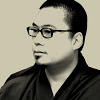




































































































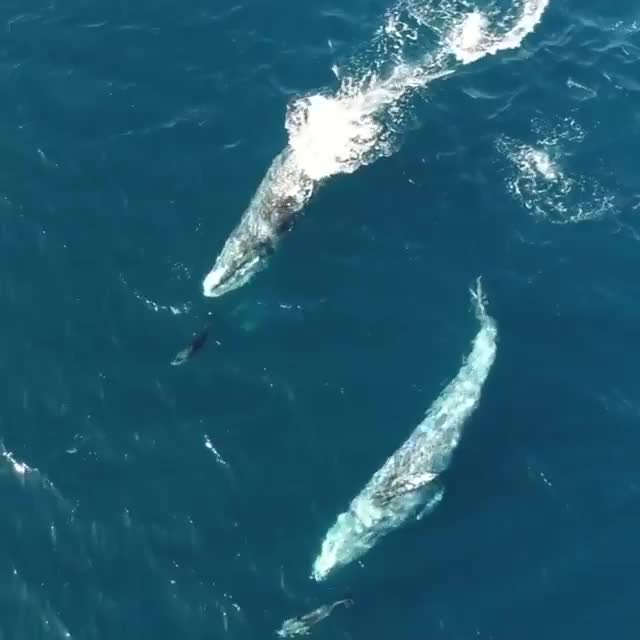

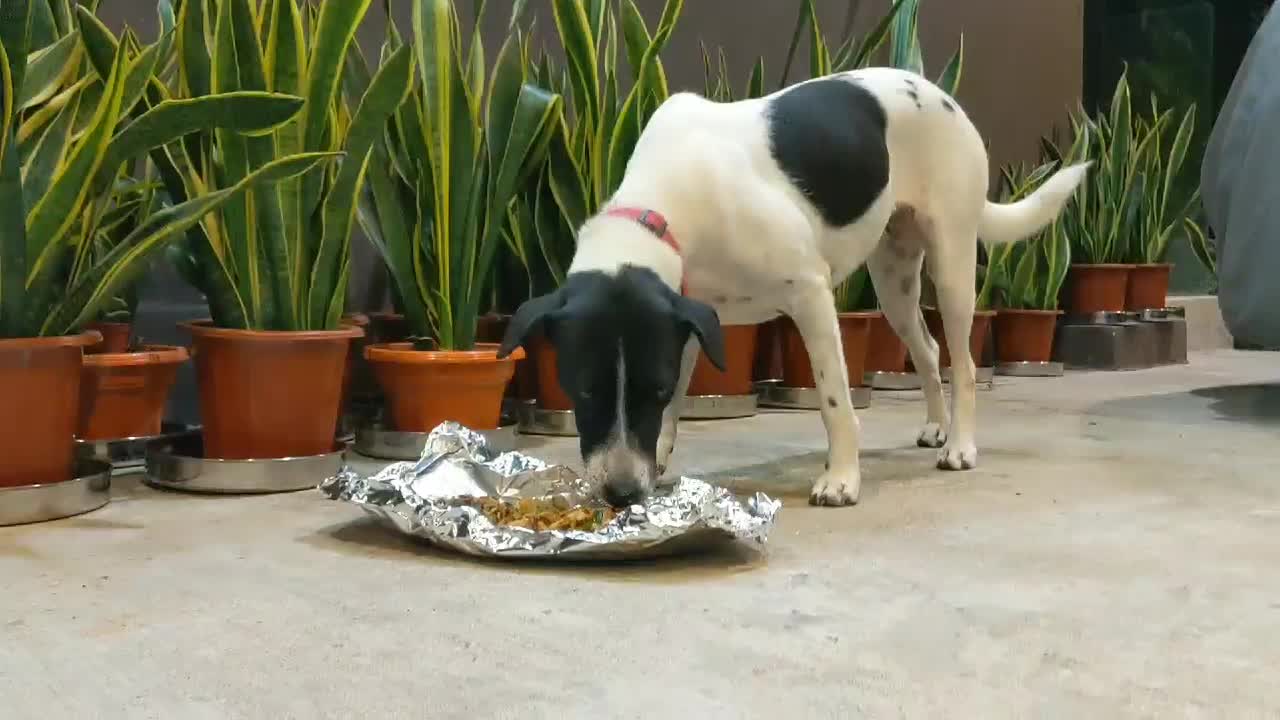
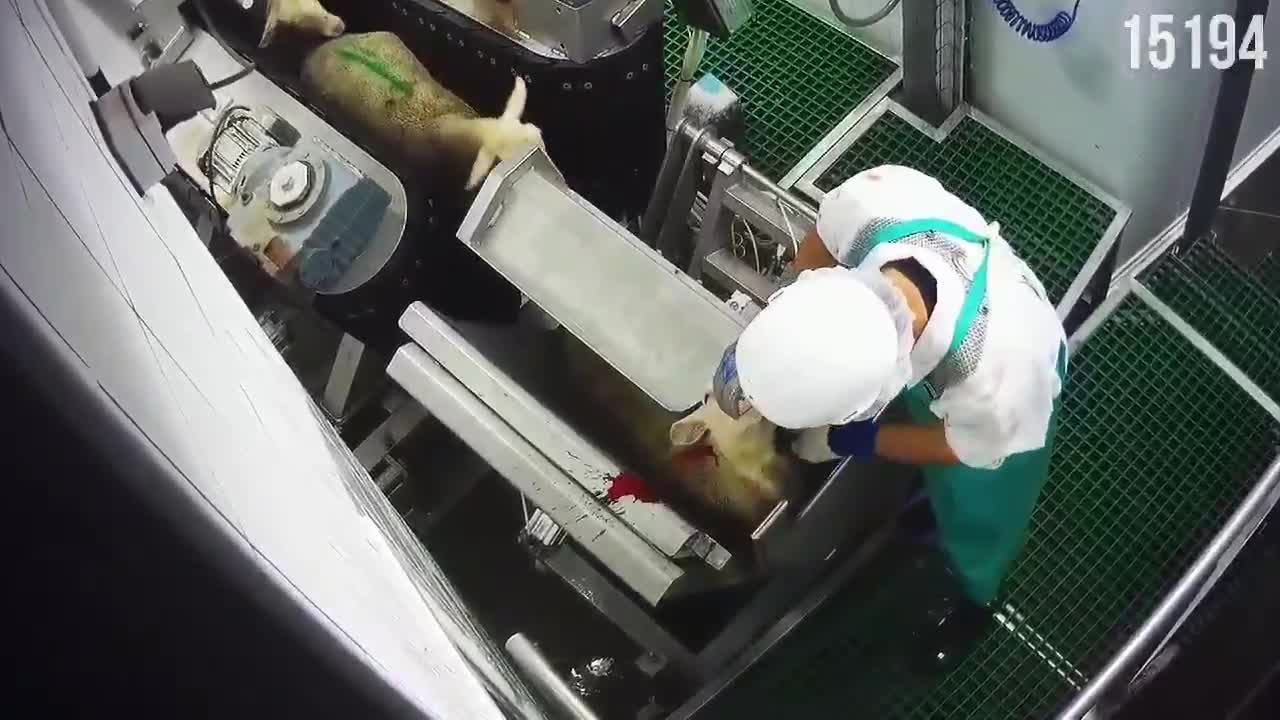


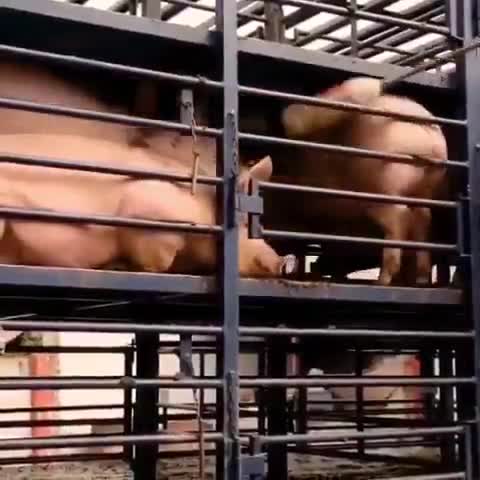

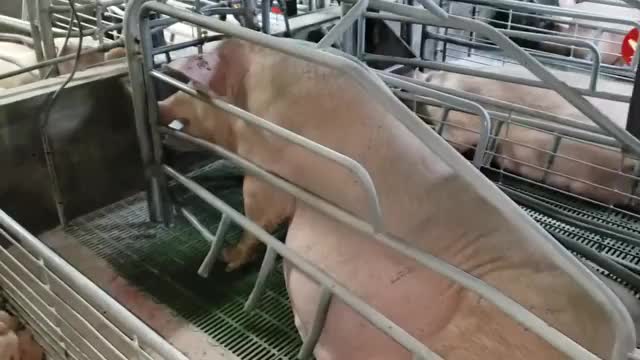

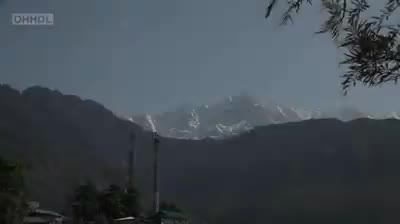
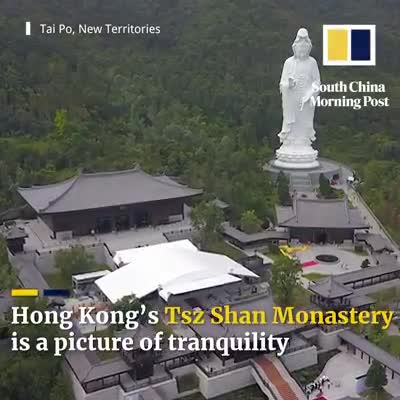

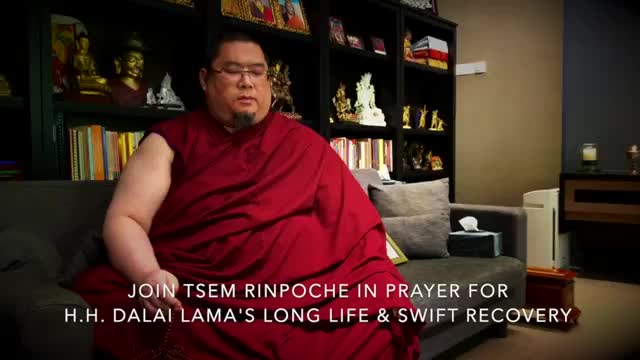
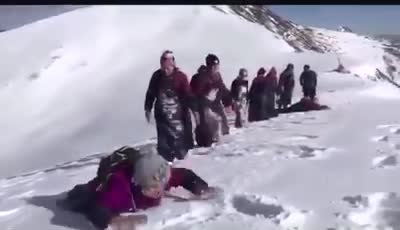
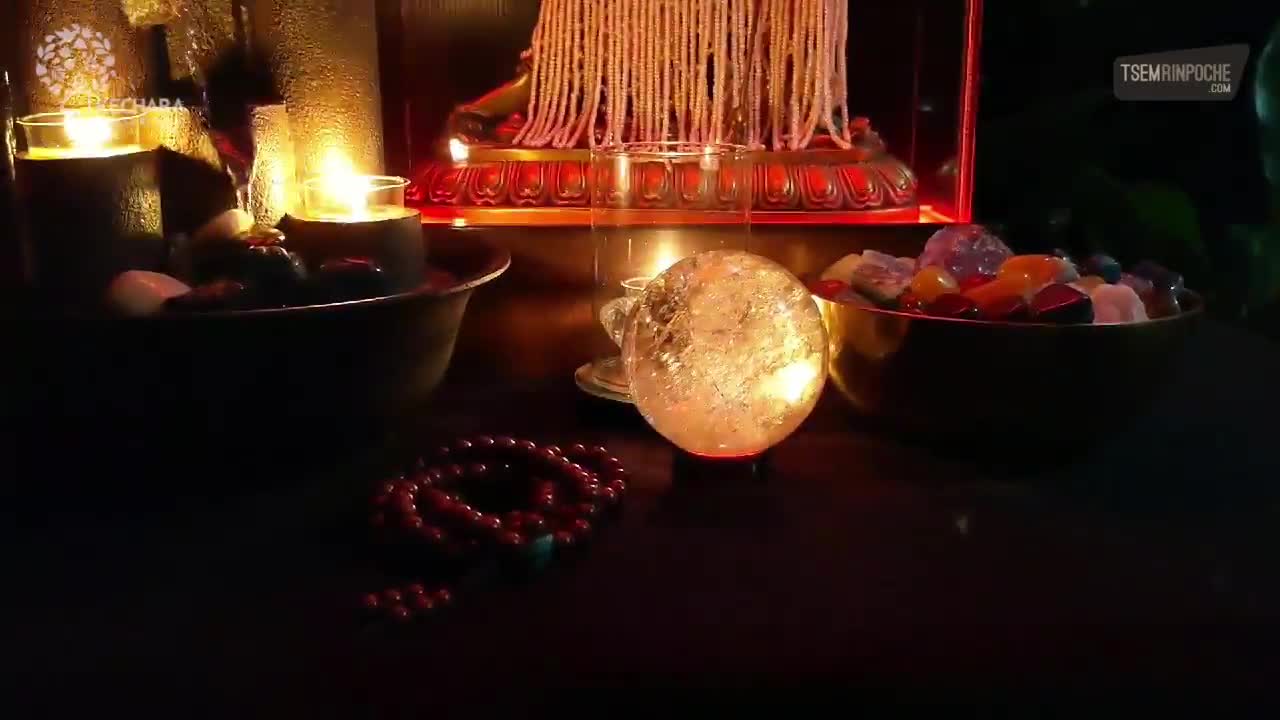

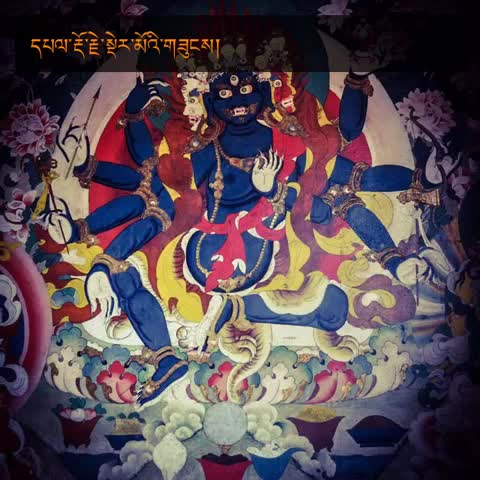
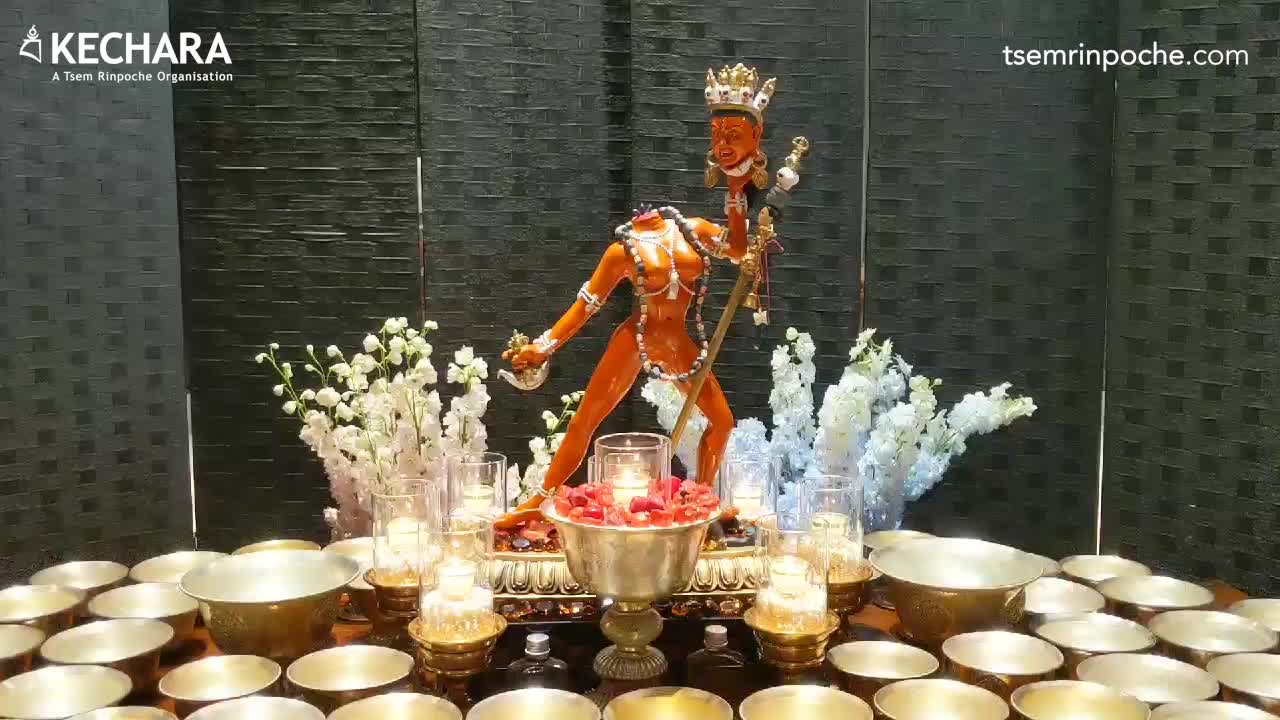





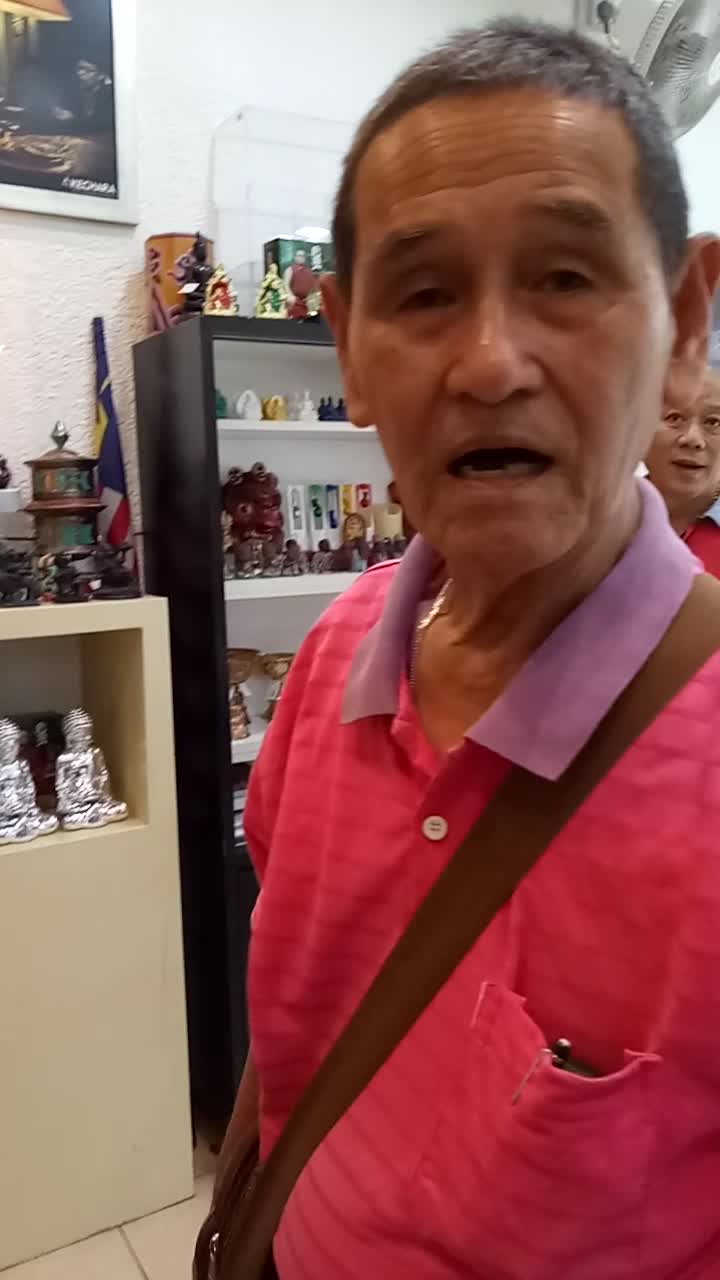







































































Looking through those beautiful pictures in this article is a blessing, hoping one day I could able to visit these beautiful holy place in Sri Lanka.The pictures shared are indeed beautiful and looking at the photos, one will collect merits as these are holy images of Lord Buddha.
Thank you very much for sharing your pilgrimage to Sri Lanka and those beautiful pictures .It really wonderful and nice.
Some of the wall paintings, had a Byzantine feel to it. Lew you and your family had a whirlwind tour of Sri Lanka, thank you for given us more insights to the rich culture of Buddhism in Sri Lanka.
Rejoice to Lew and family! Thank you for sharing your beautiful experience pictures from your pilgrimage trip to Sri Lanka. Enoyed reading your post. Thank you Rinpoche and blog team for sharing this wonderful write up ?
The best gift that we can give to the children is to instill dharma in them.
In this pilgrimage trip, Lew and family able to make offerings and do prayers together that created causes to gain the same qualities as per enlightened beings. Lew and Wei Theng decided to bring their children for this pilgrimage trip of Sri Lanka instead of other places is really inspiring and be a good example to many other parents to consider and make the same aspirations for their family.
Thank you Rinpoche and Lew sharing this wonderful article. This has opened my eyes to the beauty and significance of Buddha’s relic of such as Buddha’s tooth and hair.
Thank Kwan Leng for sharing your pilgrimage trip with your family.
It is indeed extremely meritorious to be able to visit these places together as a family as you embark on your Dharma path.
The pictures shared are indeed beautiful and looking at the phots, one will collect merits as these are holy images of Lord Buddha.
Great sharing and I have picked up ideas for a pilgrimage trip.
Thank you.
Lum KL
I enjoyed looking at the beautiful pictures of temples, buddha statues and stupas. What a lovely holiday and a beautiful pilgrimage for the whole family. It is a good idea to bring children on pilgrimages. They will receive Buddha’s blessings and collect merits to practise the Dharma. Thank you for the sharing.
????
A great place to visit especially with families.
Great photos. The paintings and the stupas in the caves is amazing.
Will plan a trip there.
Going on pilgrimage with family members are always more meaningful and meritorious than anything else . Its indeed a blessing all who are able to make the trip. Visiting all the holy temples whereby hold those relics ,caves ancient site and merely seeing the many Buddha images is a dream for anyone. Looking through those beautiful pictures in this article is a blessing, hoping one day I could able to visit these beautiful holy place in Sri Lanka.Thank you Lew Kwan Leng for sharing your pilgrimage to Sri Lanka and those beautiful pictures . A very details trip making those planning to go much easier.